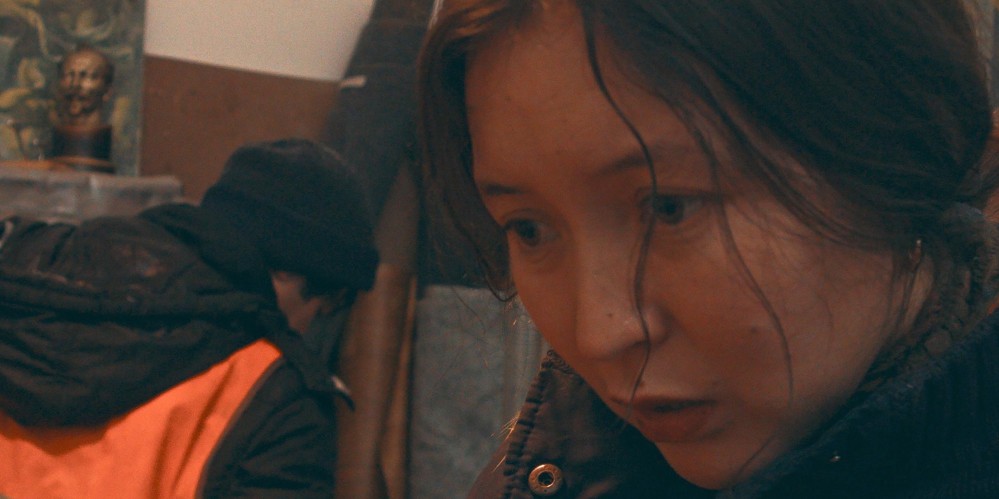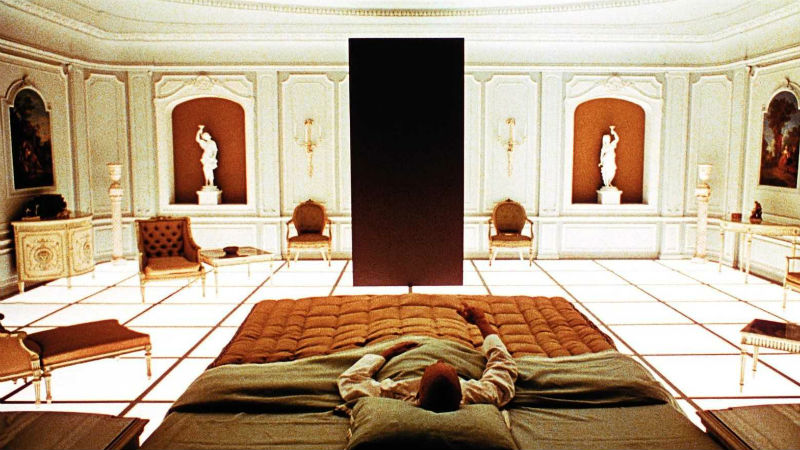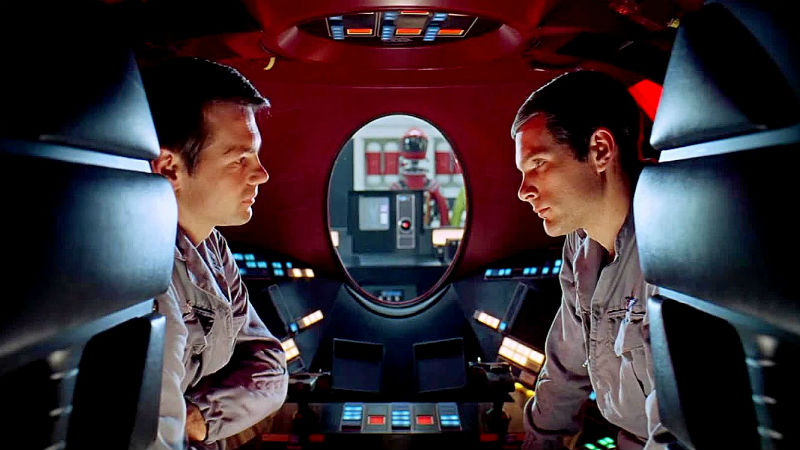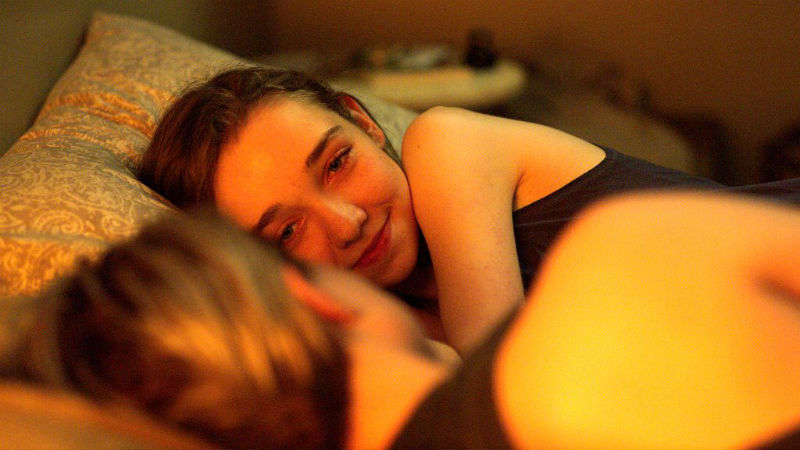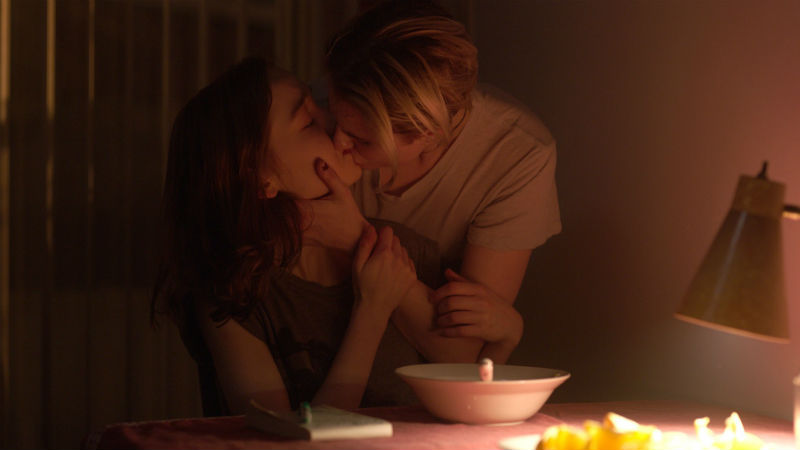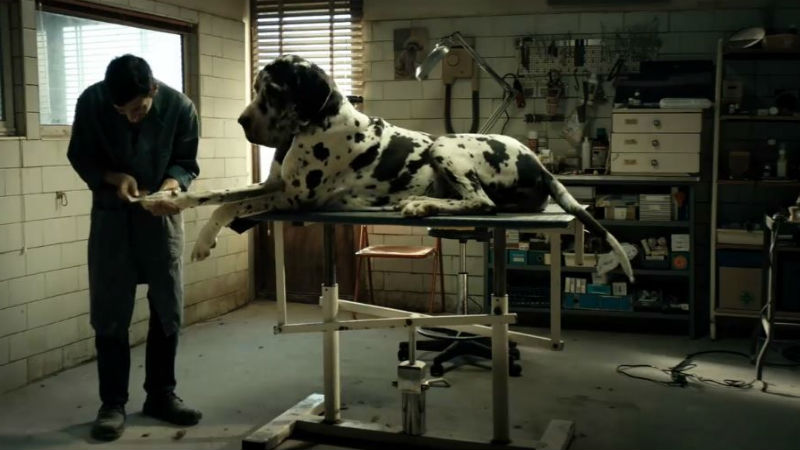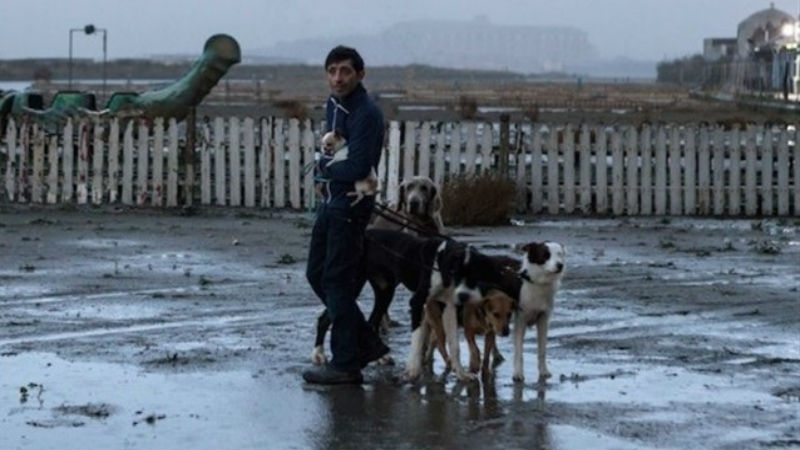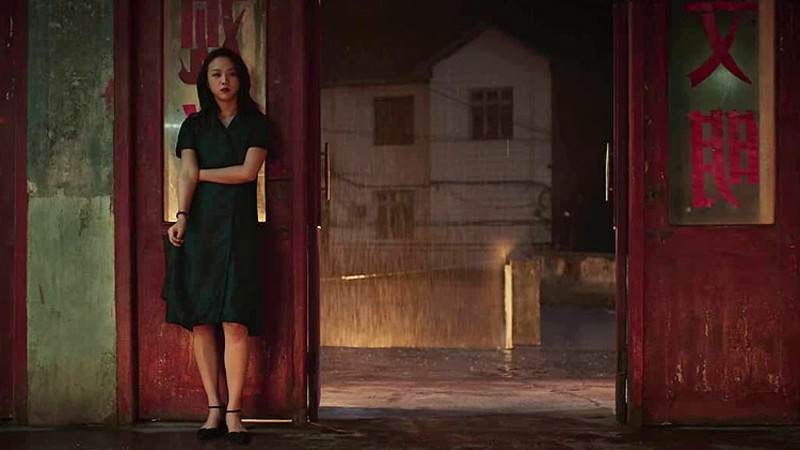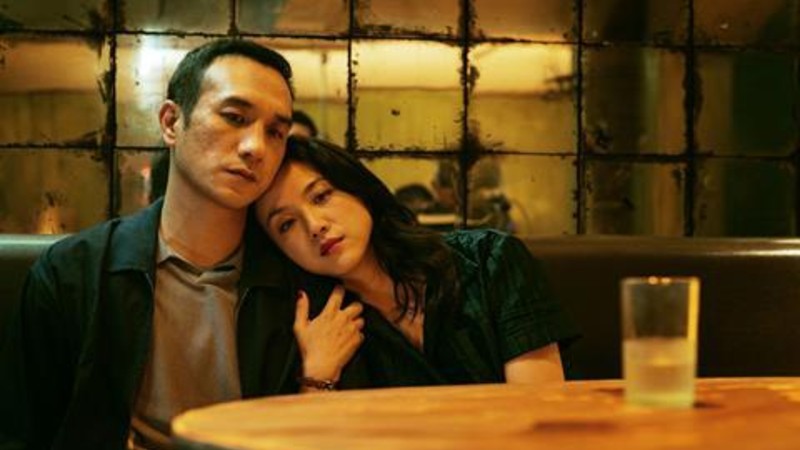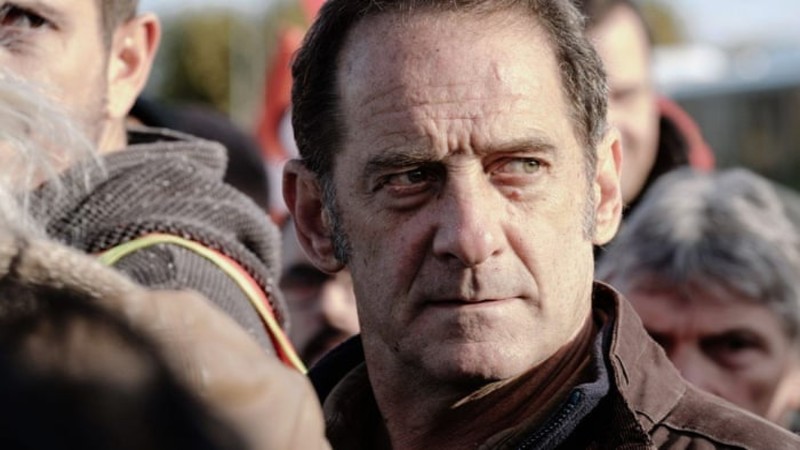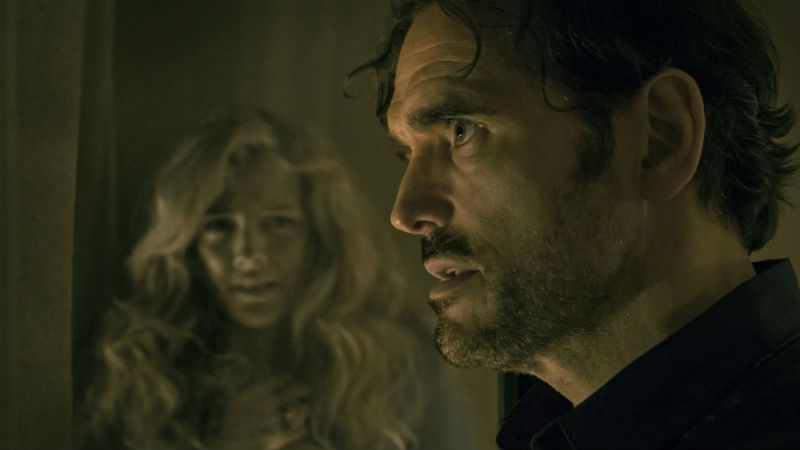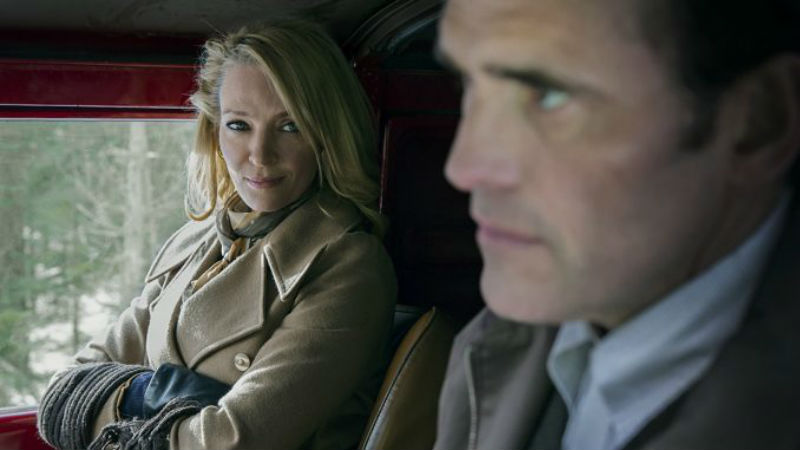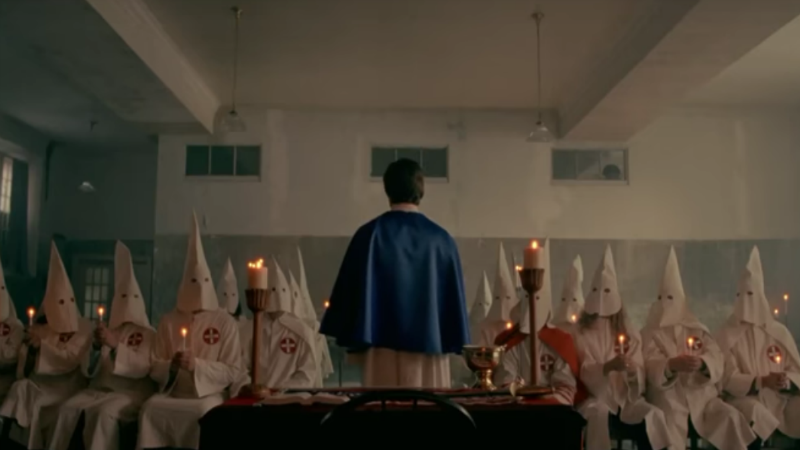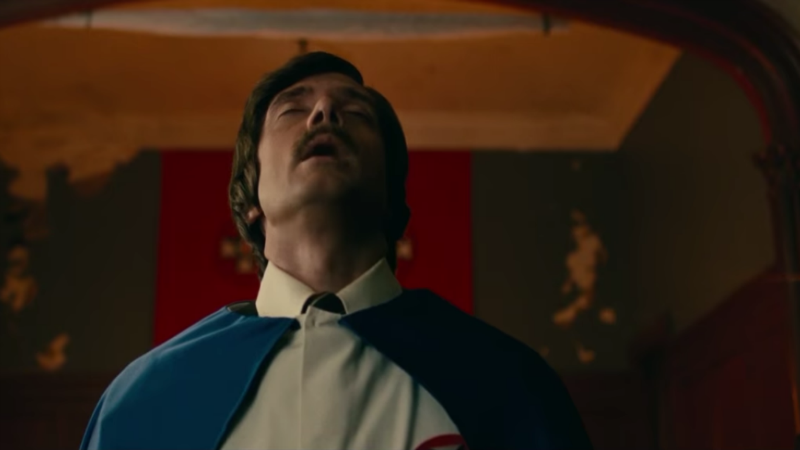QUICK SNAP: LIVE FROM CANNES
Life in Russia isn’t easy if you are Russian. Recent films such as Loveless (Andrey Zvyagentsev, 2017) and A Gentle Creature (Sergei Loznitsa, 2017) have painted a very negative picture of the largest country in the world. People in these movie have absolutely no time for altruism and compassion. But it could be far worse. My Little One follows illegal Kyrgyz immigrant Aika (Samal Yeslyamova) as she attempts to survive in Moscow. She is entirely dehumanised. Her existence is nothing short of hell on Earth.
The story begins in a hospital, as Aika gives birth and then flees through the window, leaving behind a healthy baby boy. The subsequent events suggest that Aika had absolutely no means of looking after the unnamed child. She dwells with other illegal immigrants under the purview of a rude and greedy landlord, who doesn’t mince his words when insulting and threatening tenants. Police raids are a routine occurrence. No make matter worse, Aika owes a large sum of money to a local mob. She works in an chicken abattoir, but her unscrupulous bosses have vanished without playing the employees. She eventually finds a job as a cleaner in a veterinary clinic in an attempt to raise money and save her very own skin. If she doesn’t raise the money, she’ll probably end up like the chickens.
Blood prevails in the first half of the movie. Due to child labour, Aika is haemorrhaging large amounts of blood, which doesn’t prevent her from walking around the city, using public transport and even working. Her face is consistently contorted with pain. The second half of the film is soaked in maternal milk. Aika stops bleeding after seeing a gynaecologist, but the doctor also tells her that she’s lactating and could develop matitis if she doesn’t breastfeed. Since the baby is not around, she resorts to the most absurd ways of expressing milk.
This is a film extremely crude in its realism. My Little One lacks the artistic touch of Zvyagentsev and the vaguely surreal hand of Loznitsa, which makes it far more disturbing and painful to watch. This is not to say it is a movie without artistic merit. The complexity of Dvortsevoy’s film lies in its rich symbolism.
Extreme winter is central to the narrative. The story takes place mostly under a heavy blizzard. Aika finds a short stint ploughing snow. A television report informs viewers that there are 5,000 ploughs and 35,000 people working non-stop on the streets the Russian capital alone. This is an arduous and thankless Sisyphean task. The snow is extremely vulnerable and yet resilient. Just like Aika.
There is also plenty of symbolism in the animals. Aika plucks and cleans the chicken. The dead birds are just as hapless as she is. In the veterinary clinic, dogs receive better medical care than she did herself. An ailing mutt receives an operation, supported by a large team of clinicians. A bitch breastfeeds her litter, despite being ill with some sort of haemorrhage. This is the maternal bond Aika that could never afford to have. Sometimes animals have it better than human beings.
Moscow is a city of stark contrasts. On one hand, it has the largest number of millionaires of any city in the world. On the other hand, there are many illegal immigrants like Aika. They dream of becoming rich (as Aika herself reveals to a friend on the telephone), but the ride is far more difficult than they anticipated. At one point, Aika walks past a workshop entitled “How to Get Rich”, in which an immigrant reveals how he rose from nothing and became successful. But will the meritocracy also work for this poor young woman?
This is also a film about the collapse of the relationship between Russia and her “sister” nations, the former Soviet republics. Aika does not even have the right no live in Russia. She’s not welcome. Immigrants are not welcome, unless they work and keep their mouth shut. It seems like Kazakh director Dvortsevoy has a relation to Russia not dissimilar to Loznitsa (who is also from a former Soviet republic, the Ukraine). Russia is such a horrible place, isn’t it? Well, she’s not alone in how it treats those who come from countries she once ruled. Just think of the Windrush scandal in the UK.
My Little One is showing at part of the 71st Cannes Film Festival taking place right now, and it’s in the Official Competition. The winner will be announced tomorrow (Saturday, May 19th).
